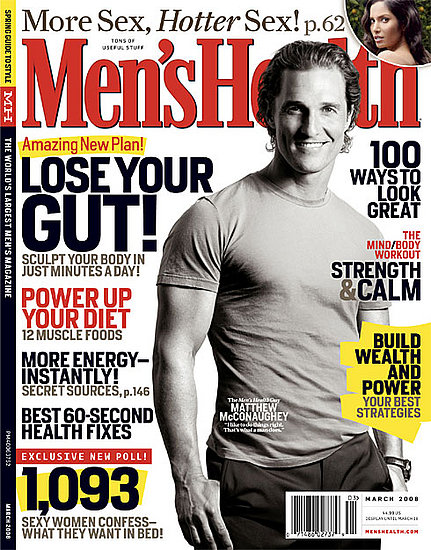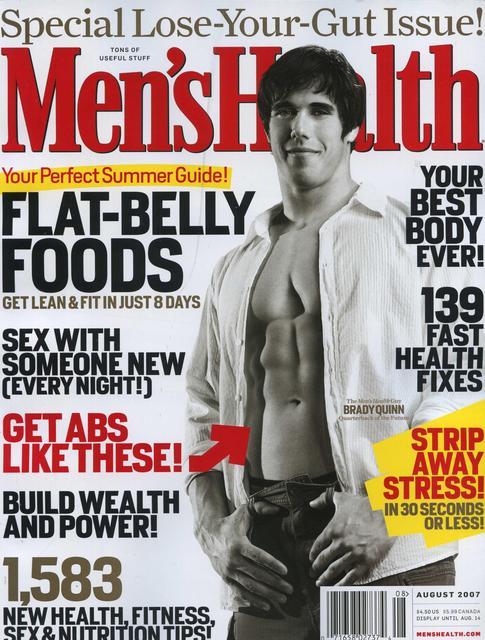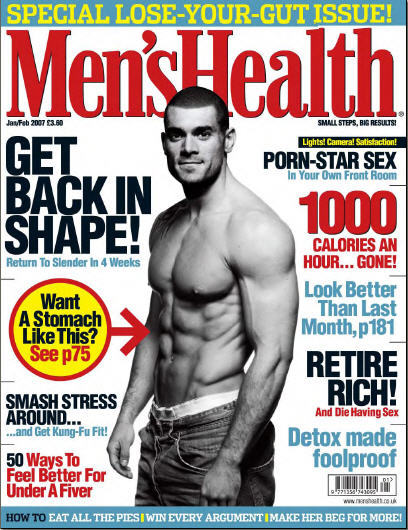Men's Health: A Discourse Analysis on Ideas of the Body and
Ideal Manhood in Print Media



Men's Health: A Discourse Analysis on Ideas of the Body and
Ideal Manhood in Print Media



a class taught by Bob Bednar in the Communication Studies Department at Southwestern University